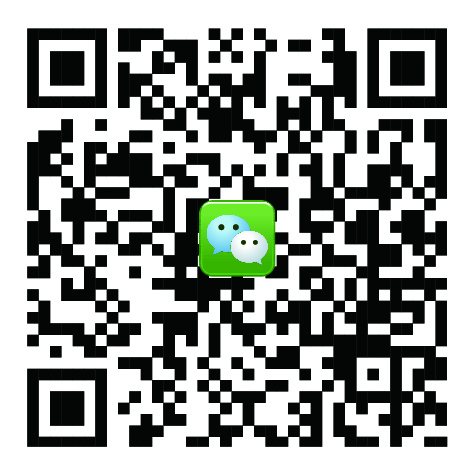Whether the bearing can be reused, press this to determine
Check the bearings that have been removed during the regular inspection, operation check, and replacement of peripheral parts to determine whether they can be reused or used.
First, carefully investigate and record the removed bearings and appearance. In order to clarify and investigate the remaining amount of lubricant, the bearings should be cleaned well after sampling.
Next, check the condition of the raceway surface, the rolling surface and the mating surface, and the wear state of the cage, etc., for damage and abnormality.
To determine whether the bearing can be used again, it is necessary to consider the degree of bearing damage, machine performance, importance, operating conditions, inspection cycle, etc.
If the bearing is found to be damaged or abnormal, the contents of the injury section will be identified and the countermeasures will be developed. In addition, the inspection results, if there are the following defects, the bearing can no longer be used, need to replace the new bearing.
a. Cracks and fragments appear in any of the inner and outer rings, rolling elements, and cages.
b. Any one of the inner and outer rings and the rolling elements are peeled off.
c. The raceway surface, ribs, and rolling elements are significantly khocked.
d. The cage is worn out or the rivets are loose.
e. The raceway surface, rolling elements are rusted and flawed.
f. There are significant indentations and marks on the rolling surface and rolling elements.
g. Creep on the inner diameter of the inner ring or the outer diameter of the outer ring.
h. Superheated and discolored.
i. Grease seal bearing seals and dust caps are damaged.
In-service inspection and troubleshooting
The inspection items in operation include the rolling sound, vibration, temperature, and lubrication status of the bearing. The details are as follows:
First, the rolling sound of the bearing
The sounder is used to check the size and sound quality of the rolling sound of the running bearing. Even if the bearing is slightly peeled off, abnormal sounds and irregular sounds are emitted, which can be distinguished by the sounder.
Second, the vibration of the bearing
Bearing vibration is very sensitive to bearing damage. For example, peeling, indentation, rust, crack, wear, etc. are reflected in the bearing vibration measurement. Therefore, vibration can be measured by using a special bearing vibration measuring device (frequency analyzer, etc.). The size of the frequency can not be inferred from the specific circumstances of the abnormality. The measured values vary depending on the conditions of use of the bearing or the mounting position of the sensor. Therefore, it is necessary to analyze and compare the measured values of each machine in advance to determine the judgment standard.
Third, the temperature of the bearing
The temperature of the bearing is generally estimated by the temperature outside the bearing. If the oil hole can directly measure the temperature of the bearing outer ring, it is more suitable. Usually, the temperature of the bearing rises slowly as the operation starts, and reaches a steady state after 1-2 hours. The normal temperature of the bearing varies with the heat capacity, heat dissipation, speed and load of the machine. If the lubrication and installation parts are suitable, the bearing temperature will rise sharply and abnormal temperature will occur. At this time, it is necessary to stop the operation and take necessary precautions. The thermal sensor can be used to monitor the working temperature of the bearing at any time, and automatically alarm the household when the temperature exceeds the specified value or stop the occurrence of the burning shaft accident.
Reprinted from the network


